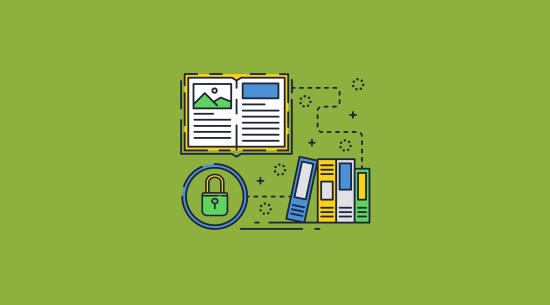
Find What You Need
Search courses, notes, videos, books & more…

How can using a flipbook simplify learning for kids?
Flipbooks are a powerful learning tool for kids because they combine visual storytelling with interactive engagement. These small books, which create an animated effect when flipped quickly, make abstract or complex topics easier to understand by presenting them in a fun, visual format. For example, a flipbook can illustrate the life cycle of a butterfly, showing each stage in motion — from egg to caterpillar to chrysalis to butterfly — helping children grasp the concept more clearly than static images alone.
The sequential nature of flipbooks also reinforces the idea of cause and effect. As each page builds upon the last, children can follow the progression of ideas step-by-step. This structure is particularly helpful for subjects like science, history, or even math, where understanding one step is essential before moving to the next. Flipbooks break down large topics into digestible parts, which improves comprehension and memory retention.
Additionally, flipbooks engage multiple senses — sight, touch, and sometimes even sound when kids flip the pages quickly. This multisensory experience is especially effective for young learners, who often learn best through hands-on activities. The act of flipping the pages keeps them physically involved, which can boost focus and attention, especially for children with shorter attention spans.
Finally, flipbooks can also inspire creativity and active participation when kids are encouraged to make their own. Creating a flipbook about a topic they've learned — like the water cycle, plant growth, or a story from history — not only reinforces their understanding but also allows them to express the information in their own way. This creative process makes learning more personalized, memorable, and enjoyable.
